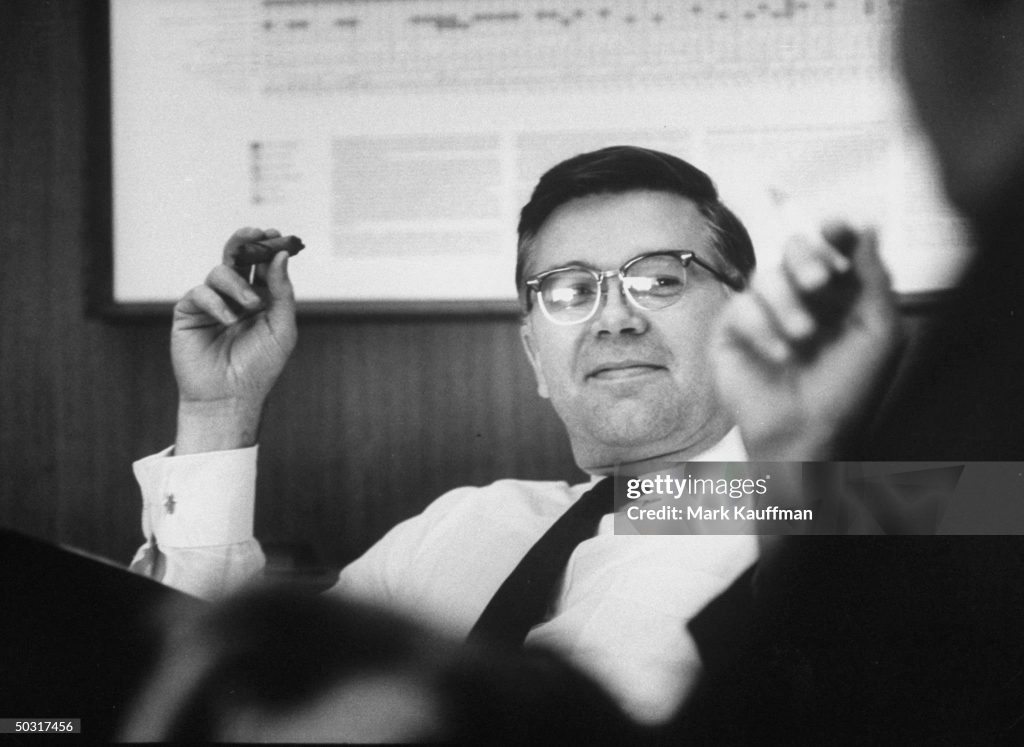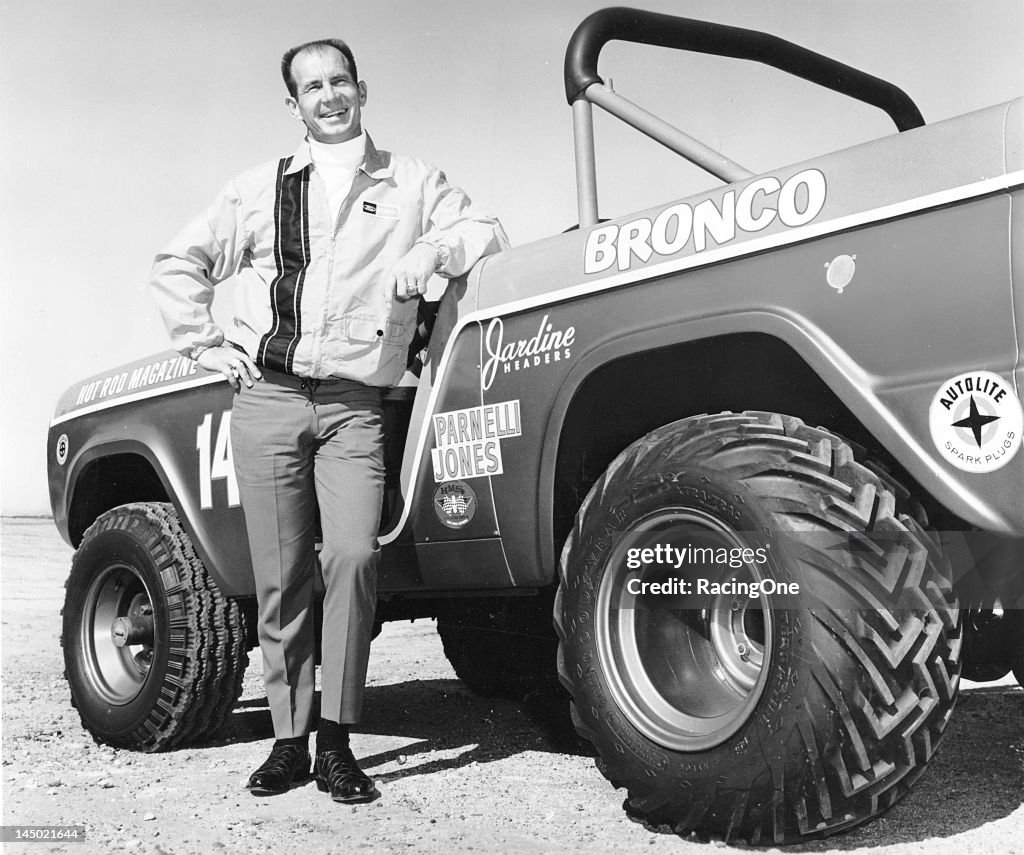The Ford Bronco has carved its place in automotive history as more than just a vehicle—it represents a pivotal moment in the evolution of what we now know as SUVs. From its humble beginnings as a “multi-purpose vehicle” to its legendary status in off-road racing and popular culture, the Bronco’s journey mirrors America’s changing relationship with automobiles.
Tabla de contenido
PalancaEl nacimiento de una leyenda: el monovolumen original

Before the term “SUV” entered our lexicon, Ford product manager Donald Frey—the same brilliant mind behind the Mustang—conceptualized what was then called an “MPV” or multi-purpose vehicle. Launched in 1966, the Bronco was designed to fill a gap in the market between bare-bones military-style Jeeps and conventional passenger vehicles. What made it revolutionary was its ability to handle both sports and utility functions with equal prowess.
The first-generation Bronco was remarkably simple yet innovative. Engineer Paul Axelrod created a compact design with a short wheelbase for enhanced agility and maneuverability. Unlike competitors that relied entirely on leaf springs, the Bronco featured a front coil suspension system that delivered superior handling both on and off the road. Its economical design included interchangeable door skins and flat glass panels throughout—practicality at its finest.
La herencia de las carreras: conquistando el desierto

Las capacidades del Bronco no pasaron desapercibidas en el emergente mundo de las carreras todoterreno. Bill Stroppe, quien se convirtió para los Broncos en lo que Carroll Shelby fue para los Mustangs, reconoció rápidamente el potencial del vehículo. A finales de la década de 1960, Stroppe convenció al corredor de las 500 Millas de Indianápolis, Parnelli Jones, para que probara las carreras todoterreno, una colaboración que redefiniría la competición todoterreno.
Their collaboration led to the creation of “Big Oly,” the first true trophy truck—a custom-built machine featuring a TIG-welded chromoly tube frame, fiberglass Bronco bodywork, and a powerful 351 Windsor V8 engine. This revolutionary vehicle drove to back-to-back victories in the Baja 1000 in 1971 and 1972, cementing the Bronco’s reputation as an off-road champion and helping popularize the sport itself.
Evolución a través de las décadas

A medida que evolucionaron las preferencias de los consumidores, también lo hizo el Bronco. La segunda generación, lanzada en 1978, se transformó de un SUV compacto a un vehículo de tamaño completo basado en la plataforma del F-100. Incorporó un techo rígido desmontable, un asiento trasero plegable y la innovadora ventana trasera eléctrica que se convertiría en un elemento distintivo de todos los Broncos futuros.
The third generation arrived in 1980 with more modern styling and the introduction of the upscale Eddie Bauer trim—a partnership that would define Ford’s SUV lineup for decades to come. The fourth and fifth generations continued to refine the formula, adding comfort features and safety improvements like integrated turn signals in side mirrors and three-point rear seatbelts.
Fenómeno cultural: El momento del Bronco Blanco
While the Bronco had already established itself as an automotive icon, it was the infamous 1994 O.J. Simpson slow-speed chase that forever embedded the white fifth-generation Bronco in popular culture. An estimated 95 million Americans—more than a third of the country’s population—watched the event unfold live on television. This unexpected exposure briefly boosted sales, though the model was already nearing the end of its production run.
El Bronco regresa
After being discontinued in 1996 in favor of the family-oriented Expedition, the Bronco remained dormant for years. Ford teased its potential return with a concept vehicle in 2004, finally confirming a new model in 2017. This revival came as Ford shifted its focus from traditional cars to crossovers and SUVs—bringing the Bronco full circle to its pioneering roots.
Reflexiones sobre un icono
Analizar el legado del Bronco plantea interesantes preguntas sobre cómo las nuevas generaciones equilibran la herencia con la innovación. ¿Pueden las versiones modernas capturar la robusta simplicidad que hizo tan atractivo al original, a la vez que satisfacen las expectativas contemporáneas de comodidad y tecnología? Más allá de su destreza todoterreno, ¿qué ventajas y desventajas ofrece el Bronco para la conducción diaria y el uso urbano?
Para los entusiastas que buscan restaurar estos vehículos clásicos a su antigua gloria, hay piezas y componentes especializados para Ford Broncos clásicos disponibles en rebornfj.com, garantizando que estos íconos de la historia automotriz estadounidense puedan seguir recorriendo carreteras y senderos durante las generaciones venideras.
The Ford Bronco isn’t just a vehicle—it’s a testament to American ingenuity, a champion of off-road racing, and a cultural touchstone. From its groundbreaking introduction as the original MPV to its triumphant return decades later, the Bronco has earned its place as one of the most influential and beloved vehicles ever produced.